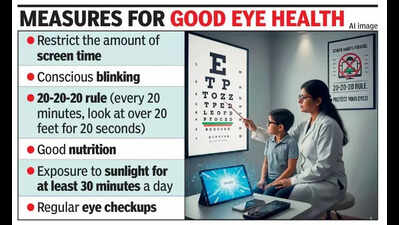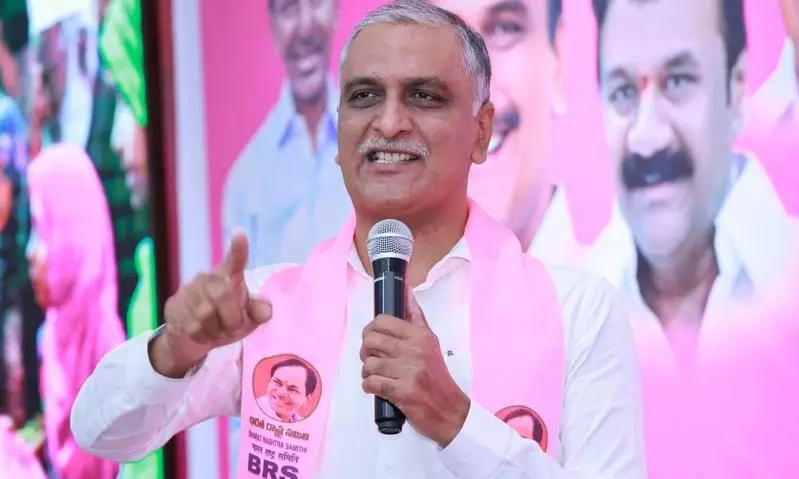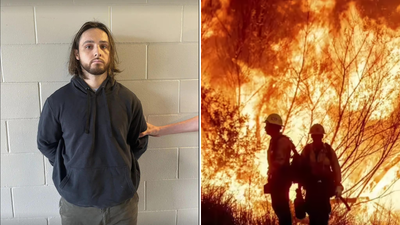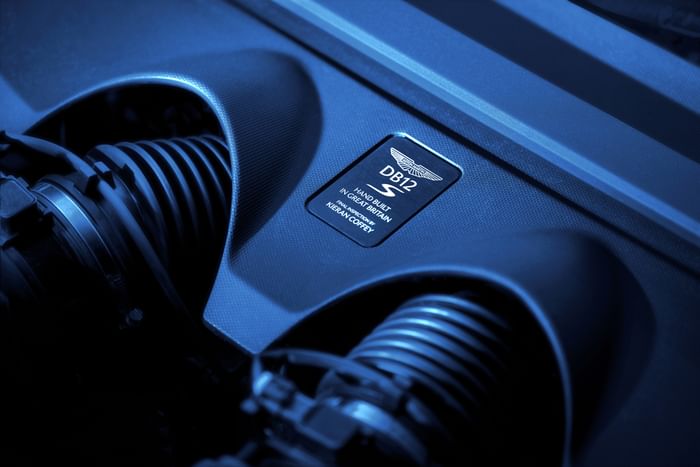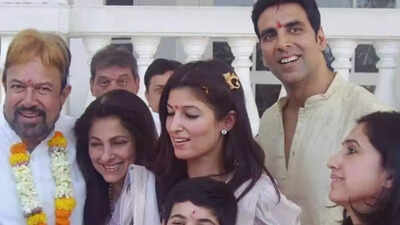Bengaluru: If your child is doing homework on tablets, playing games on computers, and scrolling on mobile phones, take immediate measures to reduce their screen time, say ophthalmologists in Bengaluru. Cases of myopia (nearsightedness) and dry eye syndrome are steadily rising among children.Myopia is now being considered a global epidemic. According to doctors, the excessive use of screens that began during the Covid-19 pandemic placed severe strain on children’s eyes, resulting in these conditions. Eye hospitals this year are recording at least 30–90 cases of myopia and dry eye syndrome in children every month. For most, the first signs appear when children are unable to see the classroom board clearly.“Pre-pandemic, we used to see two to three cases of dry eyes or myopia among children in a month. But post-pandemic, we see at least 10–16 cases. Immediately after the pandemic, we were seeing five to eight cases every week,” said Dr Naren Shetty, head of the department of cataract and refractive lens services and director at Narayana Nethralaya.Screen time has become unavoidable for children. Dr Vidhya C, consultant, paediatric ophthalmology, Strabismus, and neuro-ophthalmology, Sankara Eye Hospital, said, “Even in schools, they are spending less time outdoors. There is an increase in awareness too as parents bring their children for routine checkups, resulting in early diagnosis of myopia.”Along with increased screen time, other contributing factors include nutritional deficiencies, lack of sunlight exposure leading to Vitamin D deficiency, and even extensive reading. A study conducted by Narayana Nethralaya after the pandemic highlighted lower dopamine levels increased the chances of developing or worsening myopia. “We conducted a dopamine test on tears in the eye and found that kids who were engaged in outdoor activities for more than two hours a day had higher levels of dopamine and were less likely to see progression of myopia,” Dr Naren said.Treatment options for myopia and dry eyes have evolved with the establishment of dedicated clinics and technological advancements. “Previously, when it was myopia, children were just given glasses and myopia would continue to increase. But now we have specific treatments like low-dose atropine drops and lenslet glasses, which create a peripheral defocus to prevent myopia from progressing,” said Dr Sri Ganesh, chairman and MD of Nethradhama Hospitals.Doctors also note increasing numbers of children being diagnosed with cataracts and squints too. “We see juvenile cataract which develops at the age of four or five, which may be due to nutritional deficiencies. The detection of squint eyes has also increased due to screening in schools and preschools. These conditions can be corrected and earlier the treatment, the better. Up to the age of six, squints can be corrected, and kids can even develop binocular vision unlike adults for whom it will just be a cosmetic procedure,” Dr Sri Ganesh said.Measures for good eye health– Restrict the amount of screen time– Conscious blinking– 20-20-20 rule (every 20 mins, look at more than 20 feet for 20 seconds)– Good nutrition– Exposure to sunlight for at least 30 minutes a day– Regular eye checkups
Screen out! Bengaluru doctors call for more outdoor play as myopia, dry eye cases rise among kids | Bengaluru News
Related Posts
POPULAR NEWS
Plugin Install : Popular Post Widget need JNews - View Counter to be installed
Recent
2026 Ducati Multistrada V4 Rally unveiled
October 9, 2025
Who Is Ed Gein, Netflix’s New ‘Monster’?
October 9, 2025
NFL Week 6 Power Rankings 2025: How all 32 teams stack up
October 9, 2025



